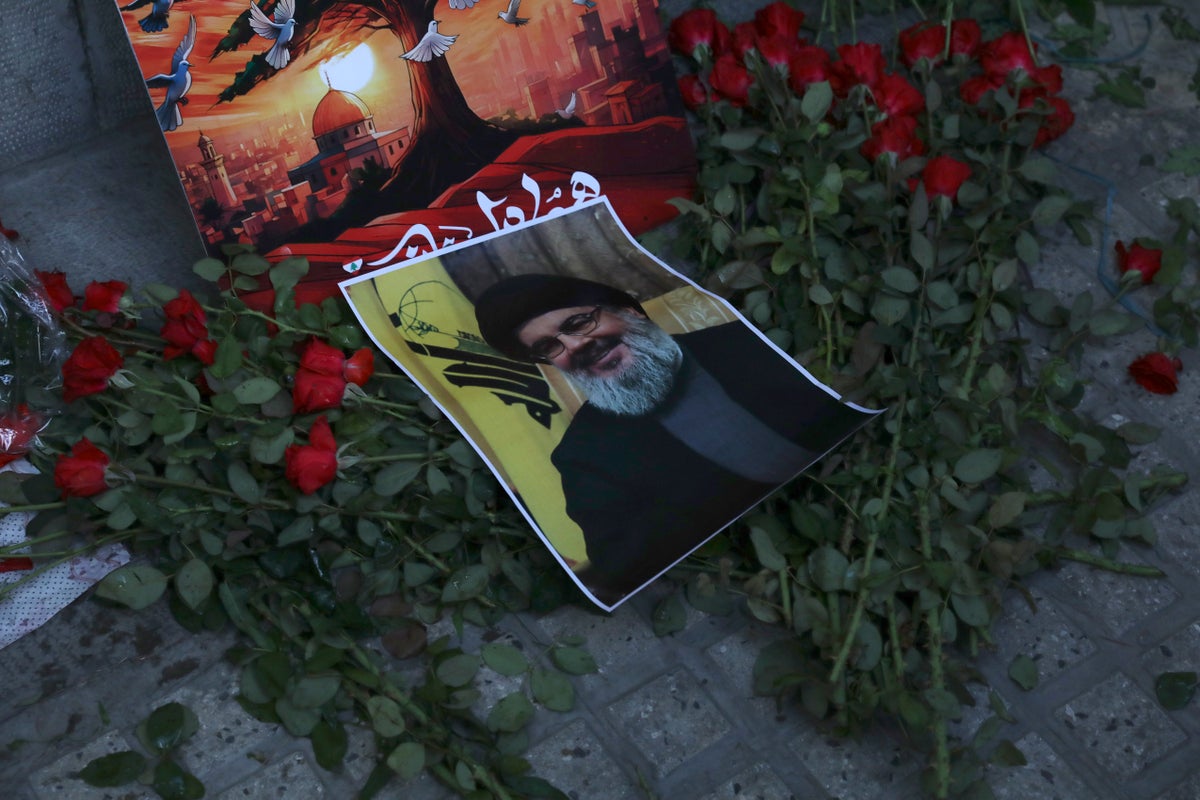
Your support helps us to tell the story
Israel’s defense minister has declared the start of a “new phase” of the war as Israel turns its focus toward the northern front against Hezbollah militants in Lebanon.
Two waves of explosive attacks hit Syria and Lebanon: an apparent Israeli attack targeting pagers used by Hezbollah that killed at least 12 and wounded nearly 3,000 on Tuesday, and exploding walkie-talkies and other electronics Wednesday across Lebanon that killed at least 20 people and injured 450 others.
“We are at the start of a new phase in the war — it requires courage, determination and perseverance,” Israeli Defense Minister Yoav Gallant told troops on Wednesday.
The head of Hezbollah’s Executive Council promised the group would respond to Tuesday’s pager explosion attack with “special punishment.”
Hezbollah began striking Israel almost immediately after Hamas’ Oct. 7 attack that sparked the Israel-Hamas war. Since then, Israel and Hezbollah have exchanged fire daily, coming close to a full-blown war on several occasions and forcing tens of thousands on both sides of the border to evacuate their homes.
Gaza’s Health Ministry says more than 41,000 Palestinians have been killed in the territory since Hamas’ Oct. 7 attack. The ministry does not differentiate between fighters and civilians in its count but says a little over half of those killed were women and children. Israel says it has killed over 17,000 militants, without providing evidence.
___
Here's the latest:
Japanese electronics company says walkie-talkie with its logo reportedly used in explosive attacks against Hezbollah was discontinued 10 years ago
TOKYO — Japanese wireless communication equipment-maker Icom says it cannot confirm whether a walkie-talkie used in the explosive attacks against Hezbollah was related to the company, noting that the production and sales of that device and its battery were discontinued about a decade ago.
The Osaka-based Icom was responding Thursday to a report that said one of the walkie-talkies used in the attacks a day earlier had a sticker with the company’s logo. Icom also noted that the device in question did not have an anti-counterfeit hologram sticker, which all authentic Icom products should be carrying.
Company executive Yoshiki Enomoto told Japanese television NTV he was “surprised” by the news. He said the company could not confirm if the unit in question was Icom-made.
“This specific device had a lot of fake copies out in the market,” he said, adding that company officials could only determine its authenticity if they see its circuits.
Icom said the wireless radio unit IC-V82 was once manufactured for export including to the Middle East from 2004 to October 2014. But the production and shipment of its main unit ended about 10 years ago and batteries for the main units have also been discontinued.
The company said its export models are only distributed through official sales representatives under rigid export control rules set by the Japanese Trade Ministry.
All Icom radio equipment is manufactured by its subsidiary, Wakayama Icom Inc., under strict security controls that only allow use of authorized parts. The products are only manufactured at the Wakayama plant in Japan, Icom said.







